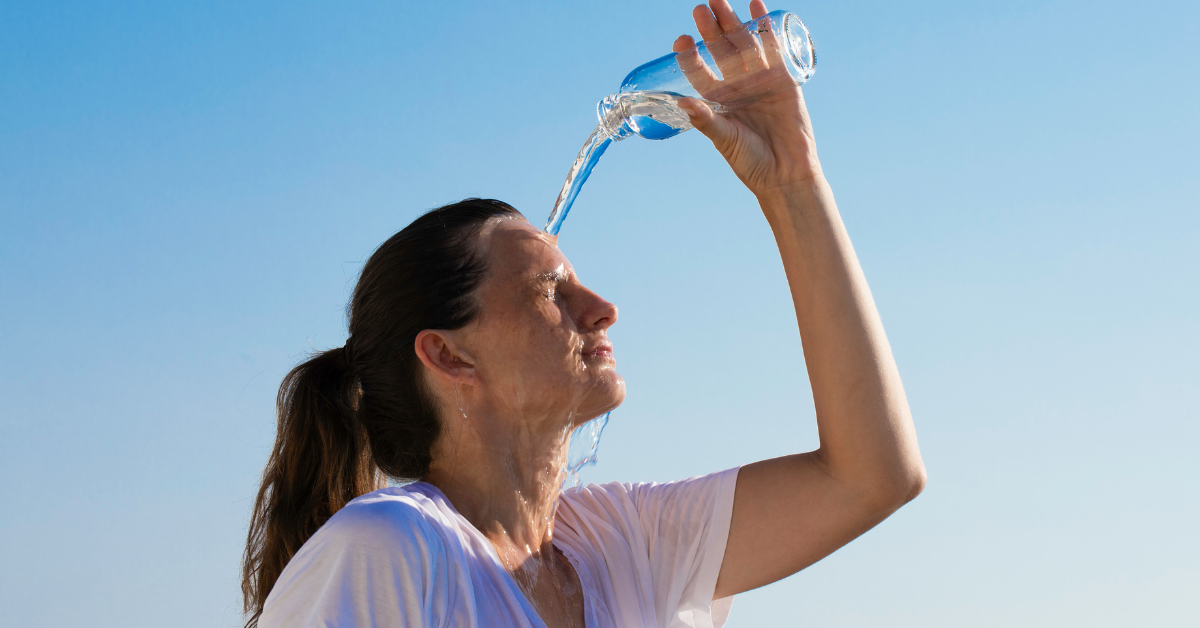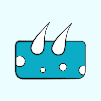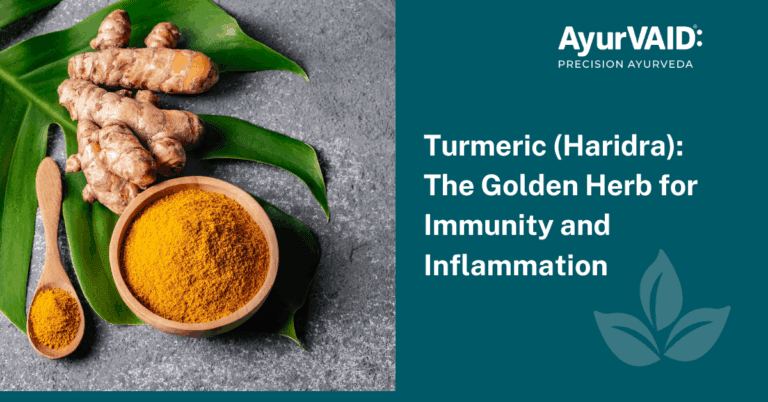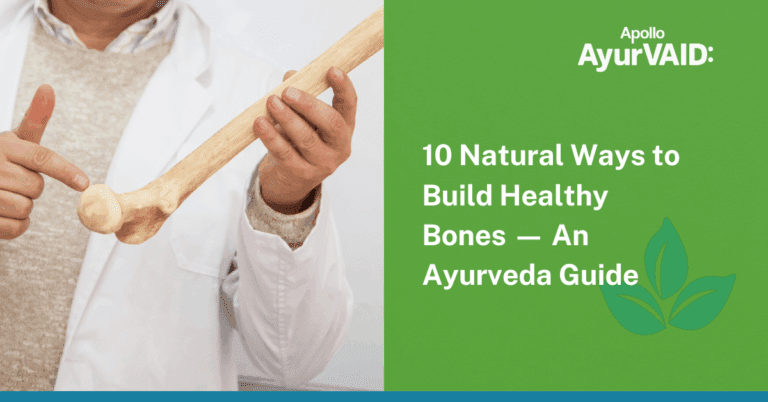
Understanding Pitta
As Ashtanga Hridaya describes, “Ushna teekshna laghu visra sara drava sadhana”—Pitta is hot, sharp, light, sour-smelling, spreading, and liquid. Pitta Dosha governs transformation—digestion, perception, temperature regulation, and converting thoughts into action. It is made up of Agni (fire) and Jala (water) Mahabhuta (element). When in balance, Pitta makes you sharp, focused and hungry at the right time and gives you radiant skin. But when it gets aggravated, it can show up as heat in the body, the mind, and the gut. Modern medicine doesn’t use the same terminology, but it acknowledges the same thing: When your body’s internal thermostat malfunctions, symptoms manifest across the board—physically, emotionally, and digestively.
- Skin flare-ups, burning eyes, or redness
- Frequent acidity, sour burps, or loose motions
- Sudden anger, restlessness, or sleep issues
- Excessive sweating and body odour
- Strong aversion to light and heat
- Intense thirst and hunger
Ayurvedic Remedies to Reduce Body Heat
1. Ahara (diet choices)
To balance Pitta, include foods that are dominant in sweet, bitter, and astringent tastes. Avoid sour, salty, and pungent tastes.
Include:
- Coconut water: Naturally sweet and hydrating
- Rice kanji: Soothing, gentle on digestion
- Fresh herbs like coriander, mint, fennel
- Mildly spiced buttermilk (Takra): Astringent buttermilk balances heat without suppressing Agni
- Ghee (in moderation): Nourishes and grounds internal heat
Avoid:
- Spicy, sour, and salty foods
- Deep-fried, processed, or fermented foods
- Excess garlic, onion, and tomatoes
- Alcohol and caffeine
2. Panaka (herbal cooling drinks)
Cooling drinks like Panaka help in naturally balancing Pitta Prakopa without hampering the Agni.
Soak 50 gm black raisins overnight in one glass of water. The next morning, grind them with a pinch of cardamom and strain. Add a few drops of rose water and drink it on an empty stomach.
This isn’t just refreshing—it reduces Pitta, eases acidity, and calms heat rashes.
3. Dinacharya (daily routine)
Balance starts with how you live each day. And when Pitta is high, even small routine changes can make a difference.
- Wake up during Brahma Muhurta (pre-sunrise hours) to avoid the sharp heat of the morning sun
- Skip the midday nap—it slows Agni and causes Pitta imbalance
- Avoid direct sun exposure between 10 am and 4 pm
- Gentle yoga and cooling Pranayamas like Sheetali and Sheetkari help release internal heat
- Apply sandalwood paste on the body to soothe the mind and skin
4. Aushadi (herbal medicines)
Sometimes, food and routine aren’t enough, especially when the Pitta vitiation is chronic or severe. That’s where Ayurveda medicines are prescribed specific to your body type and how the imbalance shows up. These herbal formulations balance Pitta by:
- Cooling the digestive system without weakening it
- Ease burning sensations and inflammation
- Support the liver, which plays a big role in Pitta balance
- Settle emotional irritability that often comes with high Pitta
These medicines may be given as powders, tablets, decoctions, or medicated Ghritas (ghee)—and always under the guidance of an Ayurveda doctor.
5. Panchakarma for Detox
If Pitta aggravation is severe, deeper detox treatments like Panchakarma are considered. Virechana (purgation) is generally used to flush out the aggravated Pitta. Post-treatment diet and rest help to rebuild strength and calm the system
Managing aggravated Pitta isn’t about a seasonal cleanse or switching to coconut water for a week. It’s about understanding how daily choices—food, routines, stress levels—accumulate to shift the body’s internal state. Ayurveda offers a clear approach on how to reduce Pitta from body. This doesn’t mean eliminating everything stimulating, but being more mindful about when and how it’s introduced. Because when Pitta is balanced, it shows up as clarity, motivation, and good digestion—not inflammation, irritability, or restlessness. And that balance isn’t hard to reach. It just needs a bit of consistency and a little less intensity.

References
Rastogi S, Singh RH. Principle of Hot (Ushna) and Cold (Sheeta) and Its Clinical Application in Ayurvedic Medicine. Adv Exp Med Biol. 2021;1343:39-55. doi: 10.1007/978-3-030-80983-6_4. PMID: 35015276.
![]()
Wallace RK. The Microbiome in Health and Disease from the Perspective of Modern Medicine and Ayurveda. Medicina (Kaunas). 2020 Sep 11;56(9):462. doi: 10.3390/medicina56090462. PMID: 32932766; PMCID: PMC7559905.
![]()
Thakkar J, Chaudhari S, Sarkar PK. Ritucharya: Answer to the lifestyle disorders. Ayu. 2011 Oct;32(4):466-71. doi: 10.4103/0974-8520.96117. PMID: 22661838; PMCID: PMC3361919.
![]()
Rakesh, Shukla & Vijay, Patha & Ajit, Verma & Shukla, Rakesh. (2014). TO STUDY THE EFFICACY OF DRAKSHADI PANAKA IN PITTAJ MADATYAYA. UNIQUE JOURNAL OF AYURVEDIC AND HERBAL MEDICINES. 2. 26-33.
![]()
Samarawickrama, Anoma. (2017). REVIEW ON PITTA PRAKOPAKA NIDANA. International Medical Journal (1994). volume 6. 6.
![]()






